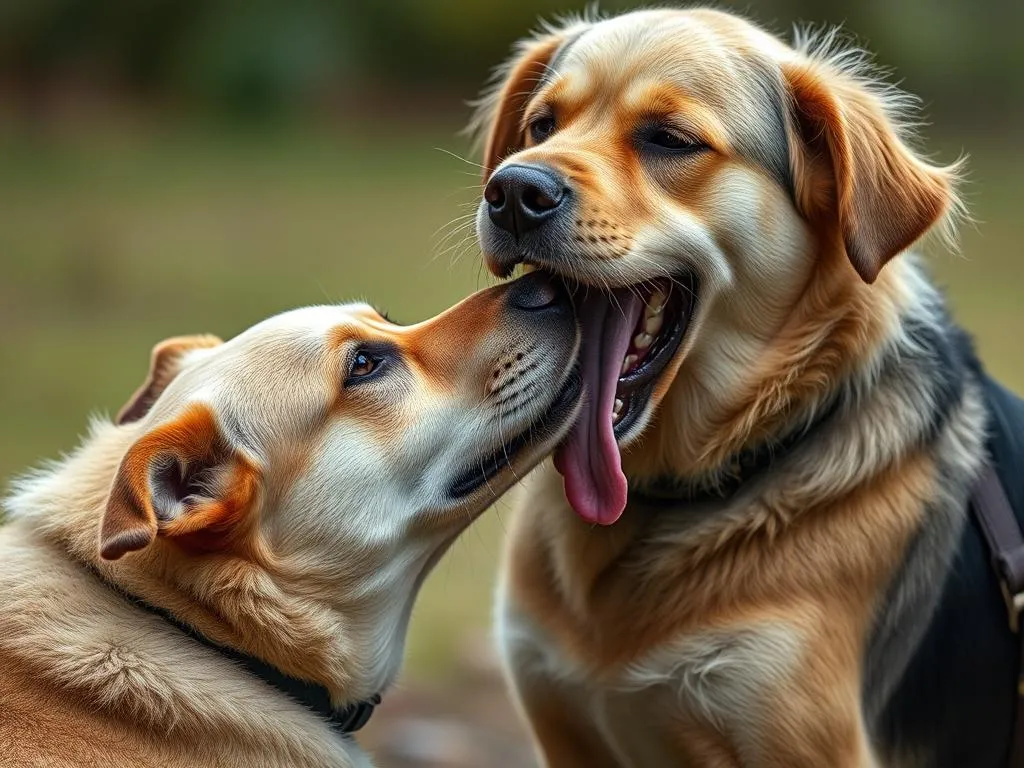
Understanding canine mating behavior can often feel overwhelming for pet owners, especially when it comes to the intricacies of reproduction. One of the most common questions that arise during this time is, why do dogs get stuck during mating? This phenomenon, often referred to as “tying,” can lead to confusion and concern among pet owners, but it’s a natural part of the mating process.
Understanding Canine Reproductive Behavior
The Basics of Dog Reproduction
To comprehend why dogs get stuck during mating, it’s essential to familiarize ourselves with the canine reproductive cycle. Female dogs undergo a reproductive cycle known as the estrous cycle, which includes several phases: proestrus, estrus (heat), diestrus, and anestrus. The heat phase, particularly, is when the female is fertile and receptive to males.
During this time, the female releases pheromones that signal to males that she is ready to mate. The male’s reproductive anatomy, including the penis and bulbus glandis, plays a crucial role in the mating process. The bulbus glandis is an erectile tissue structure that swells during mating, helping to create the tie.
The Mating Process
The mating ritual of dogs is a complex interplay of behavior and biology. Initially, the male dog will exhibit courtship behaviors, which may include sniffing and nuzzling the female. If the female is receptive, she will allow the male to mount her.
Mating itself typically occurs in several stages:
1. Mounting: The male positions himself on the female.
2. Copulation: The male penetrates the female, and ejaculation occurs.
3. Tying: This is where the male’s bulbus glandis becomes engorged, leading to the dogs becoming “stuck” together.
The entire process can last anywhere from a few minutes to over half an hour, depending on various factors including the dogs’ sizes and breeds.
The Science Behind “Tied” Dogs
What Does “Tied” Mean?
When we say that dogs are “tied,” we refer to a specific physical state during mating. After ejaculation, the bulbus glandis swells, effectively locking the male and female together. This mechanism ensures that the sperm has the best chance of reaching the female’s eggs, as it creates a seal that keeps the male’s sperm inside the female’s reproductive tract.
Reasons Dogs Get Stuck
Understanding the physiological reasons behind this tie can help alleviate concerns. The bulbus glandis is designed to engorge during mating, which is a natural part of the reproductive process. During ejaculation, the male dog releases his sperm, and the swelling of the bulbus glandis helps to retain that sperm within the female.
Several factors can influence the occurrence and duration of the tie:
– Size and Breed: Larger breeds may have a more pronounced tie due to their anatomical structure.
– Health: Healthy dogs tend to have a more effective mating process, while underlying health issues may complicate the tie.
– Experience: First-time mating pairs may experience longer ties as they navigate the process.
Health and Safety Considerations
Risks Associated with Mating
While mating is a natural behavior, it does come with potential health risks for both male and female dogs. Complications can include:
– Injuries: Rough mating can lead to injuries in either dog.
– Infections: There is a risk of sexually transmitted infections, especially if one dog has an underlying condition.
– Behavioral Issues: Aggression or dominance behavior can arise, especially among untrained dogs.
Pet owners should monitor the dogs closely during mating and be aware of any signs of distress or complications.
What to Do if Dogs Get Stuck
If you find your dogs have become stuck during mating, it’s essential to remain calm. Here’s a step-by-step guide on how to handle the situation:
1. Stay Calm: Panic can exacerbate the situation for both pets.
2. Do Not Pull: Attempting to separate the dogs forcefully can cause injury.
3. Wait It Out: Usually, the tie will resolve itself naturally within 15 to 30 minutes.
4. Observe: Keep an eye on both dogs for any signs of distress.
5. Vet Consultation: If the tie lasts longer than 30 minutes or if either dog shows signs of pain or discomfort, consult a veterinarian immediately.
Frequently Asked Questions
Is it normal for dogs to get stuck during mating?
Yes, it is entirely normal for dogs to get stuck during mating. This is a natural biological function that ensures the successful transfer of sperm. It’s important to understand that this behavior is not unique to dogs; many mammals exhibit similar mating behaviors.
How long do dogs stay stuck?
The duration of the tie can vary significantly but typically lasts between 15 to 30 minutes. In some cases, it may take longer, particularly for inexperienced or larger breeds. Factors such as stress, environment, and the dogs’ health can also influence the duration.
Can it be harmful for dogs to get stuck?
In most cases, being stuck is not harmful. However, complications can arise if either dog becomes overly stressed or if there are pre-existing health issues. It’s crucial to monitor the dogs and consult a veterinarian if you notice any concerning signs.
How can I prevent my dogs from mating?
Preventing unwanted mating can be managed through several strategies:
– Spaying/Neutering: This is the most effective method to prevent mating and unwanted litters.
– Supervision: Keep unspayed or unneutered dogs separated, especially during the female’s heat cycle.
– Training: Investing time in training can help manage your dog’s behavior and reduce the chances of unplanned mating.
Conclusion
Understanding why dogs get stuck during mating can help alleviate concerns for pet owners. This natural behavior, driven by biology, is a part of canine reproductive success. By being informed and prepared, you can ensure the health and safety of your pets during this process. Always seek professional veterinary advice for specific concerns or if you are unsure about your dog’s health and behavior.
This knowledge not only reinforces the importance of responsible pet ownership but also helps ensure that our furry friends lead healthy, happy lives.









